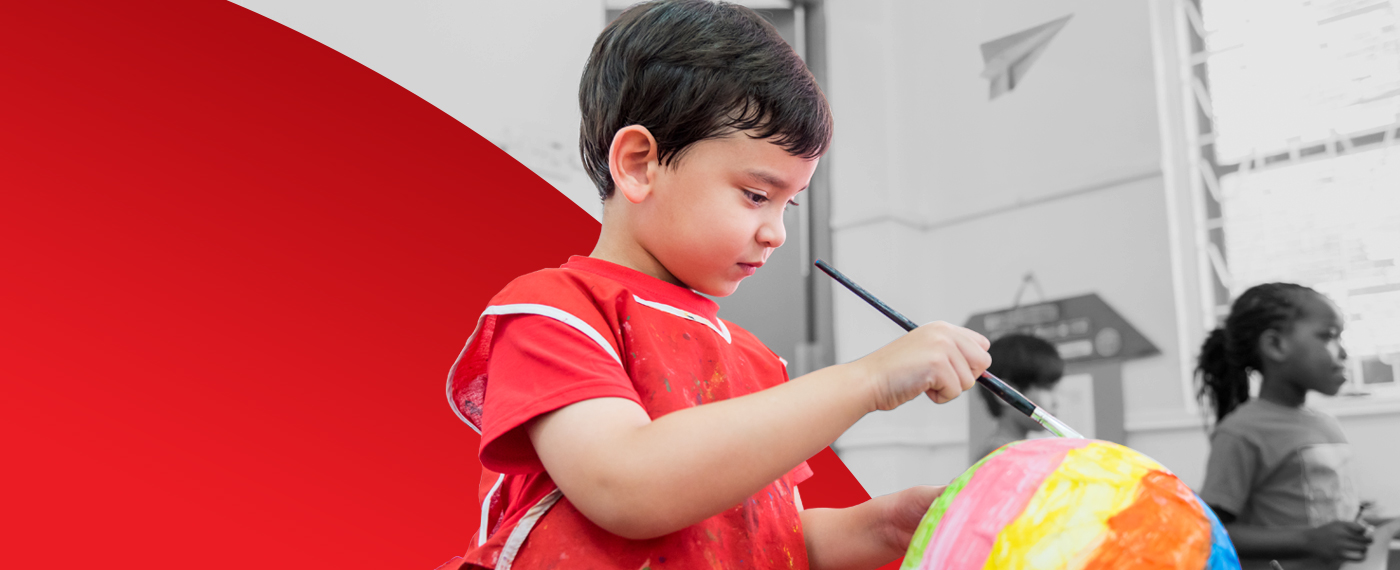

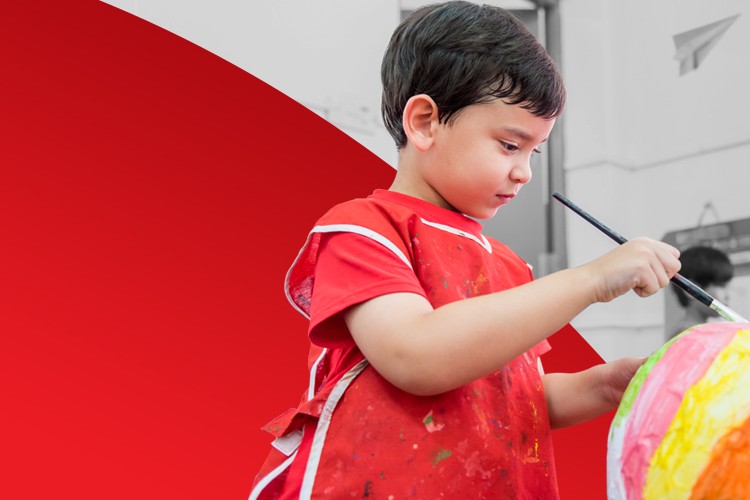
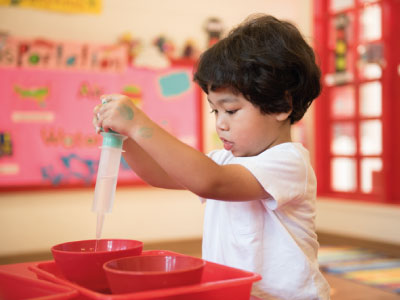
Activities are home-like with real materials such as trays, jugs, bowls, spoons, ladles and tongs and dressing frames to enable the child to imitate physical tasks. These tasks of carrying, spooning, transferring, and many more, ultimately develop the child’s concentration, coordination of movement, sense of order and above all, independence.
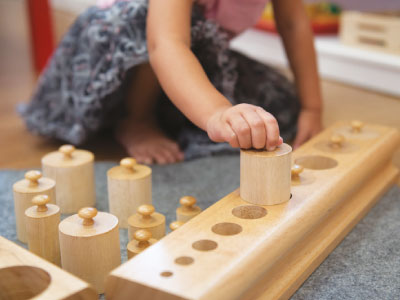
Sensorial materials refer to the way the child makes sense of the environment. Sensorial materials are multisensory, sequential and self-correcting designed to refine the child’s senses – visual, auditory, tactile, stereognostic, chromatic, gustatory and the sense of the temperature. The introduction of vocabulary is an integral part of the lessons.
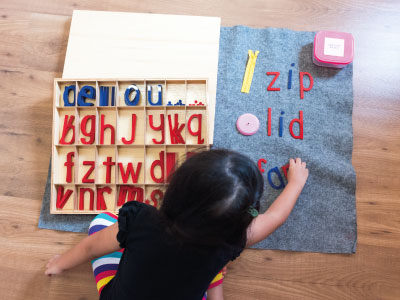
The language materials enhance the child’s ability to control the writing instrument and to form the letters of the alphabet easily, using stereognostic sense. The phonetic sounds enables the child to decode words by identifying beginning, middle and last sounds. This technique enables the child to compose and read simple words and complex sentences.
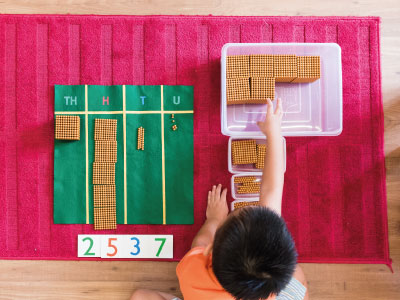
Mathematical concepts consist of an association of quantities to numbers, seriation, counting, matching and understanding more complex concepts such as zero, odd and even numbers and the four operations – addition, subtraction, multiplication and division. The decimal system materials are concrete and introduce the concept of place value.

Nature walks and talks were and still are part of school activities. Children are encouraged to observe and feel nature so that they develop an affinity for various life forms. Culture activities and projects increase the child’s understanding and knowledge of the world. Music, art and craft activities are well integrated within all projects.